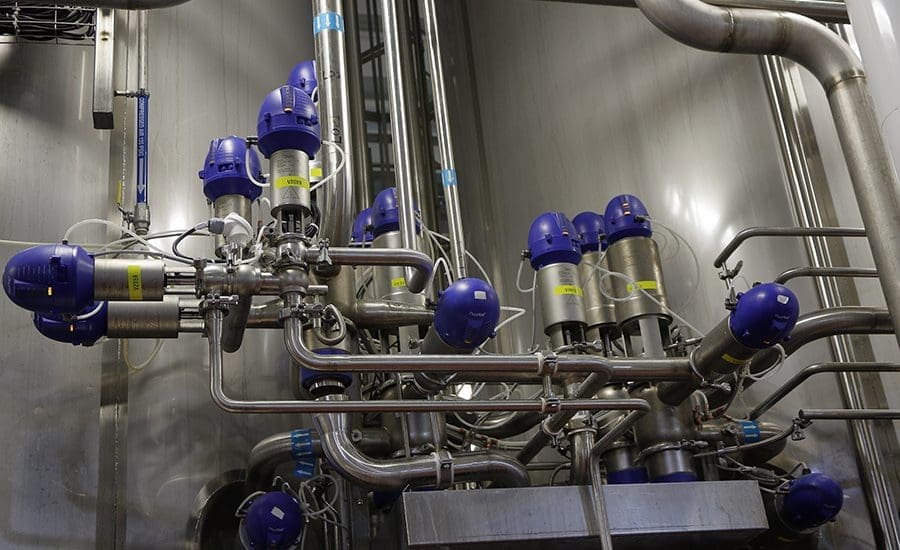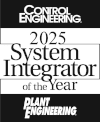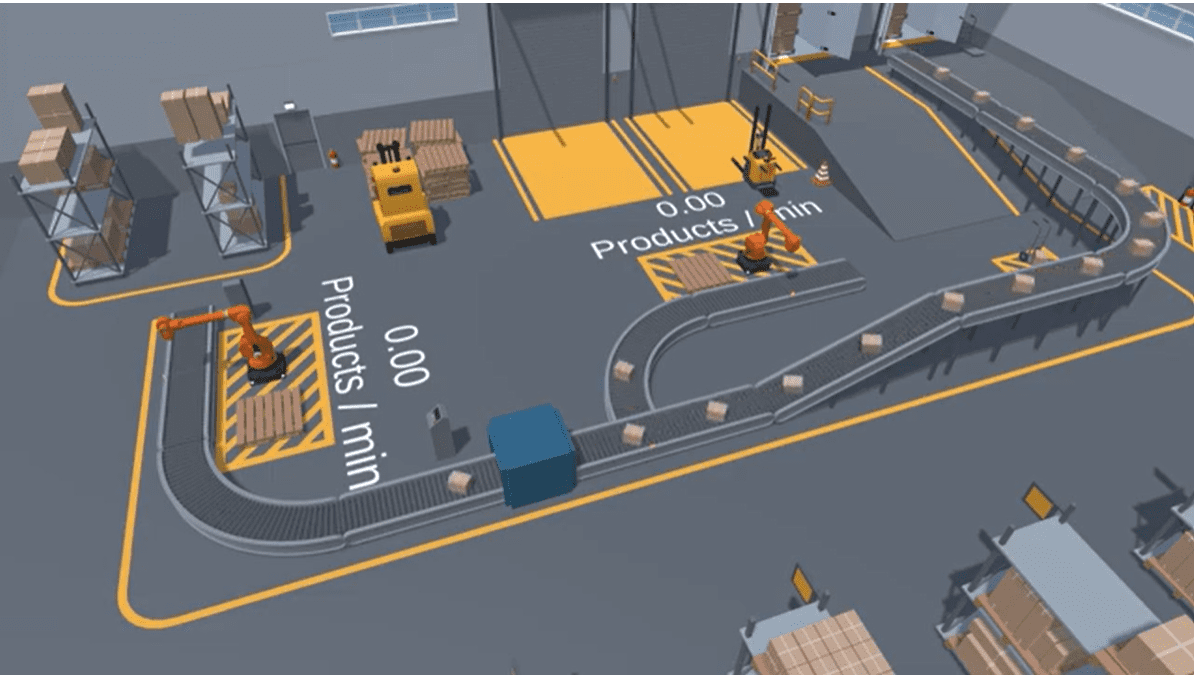Challenge
Fires are a devastating event for any business. It can result in the loss of equipment, inventory, and even the facility itself. The aftermath of a fire can be challenging for any company as it seeks to rebuild and return to business as usual. This case study highlights how E Tech Group collaborated with an architectural engineering company to support an international almond supplier after a fire destroyed their roasting line. The project team worked together on a tight schedule to replace and upgrade the almond supplier’s roasting system, leveraging PLC, HMI, networking, and control panel expertise.
Solution
The almond supplier needed to replace their out of commission roasters with a new, modernized system. On the old line, the operators had to walk between two floors to start and monitor production. The customer needed a solution that simplified the almond roasting process while providing more visibility from beginning to end. The first step was forming a strong communication strategy between the customer and the project team. This consisted of daily progress meetings about the project’s developments and potential challenges such as equipment procurement, control panel design, and PLC and HMI programing to control the roasting systems. One of the biggest challenges was the “design-build” method to execute the control panel build. This meant the control panel design had to be open to changes while it was still being built in the shop. The project team relied on their strong collaboration skills to successfully merge these steps to support the tight project timeline.
E Tech Group’s principal engineers leveraged their expertise to develop the control modules in CompactLogix PLCs and PanelView Plus HMI for the customer’s various devices as well as configured Moxa managed switches for multi-level network topology. The engineering team also worked closely onsite with electricians to change the control panel design as needed, which included designing auxiliary panels and ordering time sensitive parts for safety and air handling operations. The onsite team also focused on configuring network controls as well as fan VFD motor controllers and burners for the new roasting line. The project manager maintained timely communications with the project team and the customer, securing engineering resources to help with the PLC and HMI code design and managed the team’s progress toward the finish line.
Results
With everything in place, the project team was able to successfully execute the project and trained the customer’s operators and maintenance staff on their new and improved roasting system. The project took about four months to complete from the design phase to site acceptance testing. Rather than walking between two floors to start and monitor the roasting process, the customer’s operators could now start the entire line with the push of a button on the HMI and have production visibility from start to finish. Also, the added controls to the plant network, such as Rockwell Automation’s FactoryTalk AssetCenter, supported the management and protection of the customer’s automation-related asset information. With the project complete, the customer was able to resume production with a more intelligent, modernized roasting line.
E Tech Group celebrates its 30th Anniversary at the end of April. Steve Veldhuis and Doug Fagaly founded Control Concepts and Design in April of 1993, changing the name to E Technologies in 2001, and in January 2022, officially became E Tech Group. The company began with thirty associates near Cincinnati, Ohio and now has over 500 team members in 18 locations throughout North America. “We are proud of the impact E Tech Group has made, both in advancing automation in manufacturing and in supporting the missions of our clients,” said Matt Wise, E Tech Group CEO. “Automation capabilities and technology have advanced to levels we thought impossible 30 years ago: the advent of mixed reality, augmented reality, digital twin, simulation, and emulation, AI becoming more adaptable, and the integration of data analysis and business intelligence. It is an exciting time at E Tech Group for the speed we will grow and the impact we will make as we act on our purpose to free people to achieve the full potential of human creativity and innovation.” Over the last three decades E Tech Group has grown through the mergers and acquisitions of Superior Controls, Banks Integration, Glenmount Global, Tegron, Fluid IQs National, Crown ESA and most recently in February 2023, E-Volve Systems.

Production line shot of digital twin palletizing line.
In the same way you use automation to make consistent, quality products, why not use CIP to ensure germ-free cleaning every time? You’ve automated your process and packaging and have computer-generated paper trails to show food safety and quality throughout your facility. Why wouldn’t you do the same with cleaning—wherever it’s practical? Granted, there are certain pieces of equipment you just have to take out of the process to clean manually, but for other components—like piping, some conveyor belting, certain pumps, mixers, tanks and other equipment—you can clean them in place (CIP) and have automated recordkeeping to show proof of cleaning and sanitation to regulating bodies when they ask. An Expert Opinion on Sanitation Safety in Food & Beverage Automation “CIP is an integral part of cleaning and sanitation, which affects the food safety of any facility. Cleaning and sanitation not only help you comply with regulatory requirements, but also protect consumers and your brand from contamination and recalls,” says Pablo Coronel, Ph.D., CRB Senior Fellow in Food Process & Food Safety. “CIP is carried out in process lines without dismantling and must reach every nook and cranny of the process equipment; thus, well-designed equipment that is amenable to CIP (as opposed to COP—clean out of place) is a must for any installation. Materials of construction, drainability, ease of cleaning, and prevention of dead areas/zones are some of the criteria for design,” adds Coronel. Besides the equipment design, a successful CIP system depends on several variables, such as water flow rate and temperature, chemicals used (concentration) and time of cleaning. These variables are set in cooperation with the chemical supplier by the characteristics of the product to be cleaned (viscosity, stickiness, amount of fouling and presence of allergens) and the equipment that needs to be cleaned. The presence of allergens, … Continued





